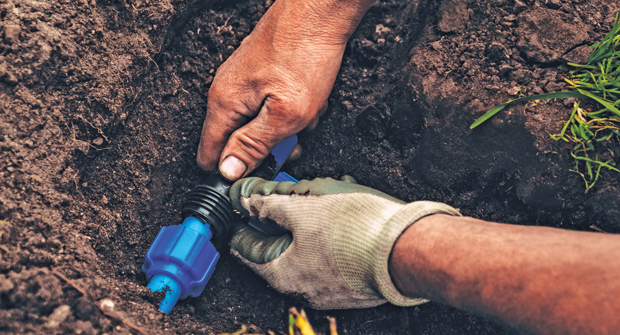A newly released U.S. Geological Survey report shows that from 1900 to 2008, U.S. aquifers had been depleted by more than twice the volume of water found in Lake Eerie alone.
The report, Groundwater Depletion in the United States 1900-2008, examined 40 aquifers in the U.S. based on previous studies and current evaluations. It checked the changing groundwater levels in relation to industrial, agricultural and municipal use.
Groundwater stored in aquifers provides drinking water, supports irrigation and industry, sustains the flow of streams and rivers and maintains ecosystems, acting USGS Director Suzette Kimball explained.
“Because groundwater systems typically respond slowly to human actions, a long-term perspective is vital to manage this valuable resource in sustainable ways,” she said.
Drawdown has increased significantly since 1950, however higher rates have occurred from 2000-2008, averaging 25 cubic kilometers per year. The historical average is 9.2 cubic kilometers per year, according to the USGS.
In addition to the rapid drawdown experienced over the last 100 years, groundwater depletion in the U.S. from 2000-2008 explains more than 2% of the observed global sea-level rise during that period.
The USGS said the Ogallala Aquifer, located across 170,000 square feet under the High Plains, is particularly at risk. The study finds that depletion during the past eight years alone amounts to 32% of the cumulative depletion of the aquifer during the entire 20th century.
The Ogallala is used heavily for agricultural irrigation, the USGS said, and that’s what accounts for water table declines that exceed 160 feet in some areas.
This new study expands on information collected and presented in a previous USGS report focusing on the Ogallala drawdown.

